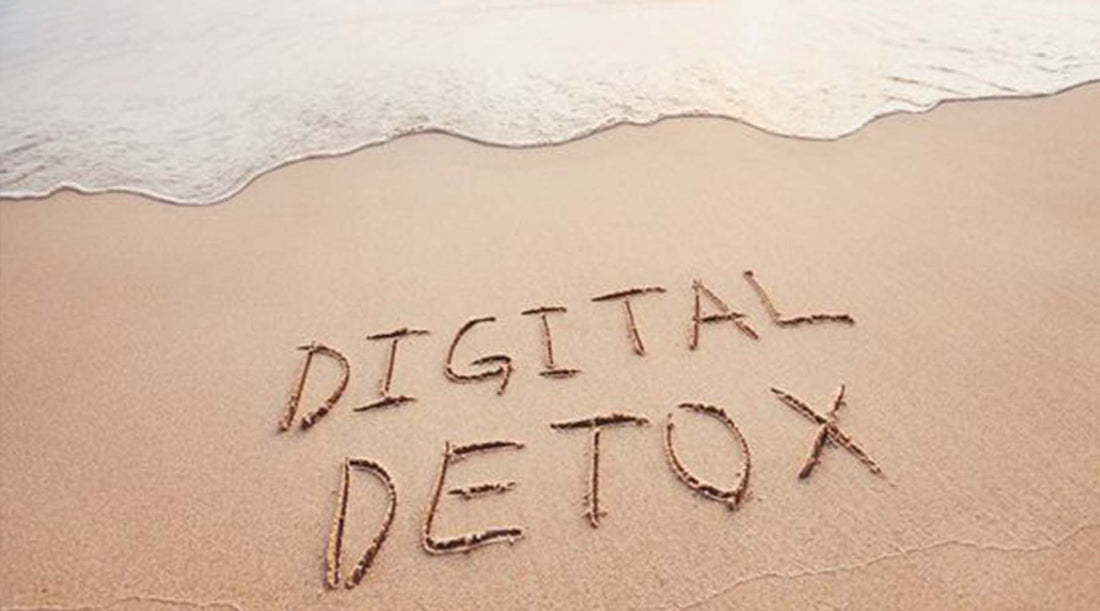
In today’s tech-centric era, an increasing number of specialists advise integrating a digital detox into our self-care routines. Prolonged exposure to screens, be it from smartphones, computers, or other gadgets, may result in digital fatigue, and elevated stress levels. It is crucial to take a break and make regular digital detox a part of our lives to nurture a healthier connection with technology and prioritize self-care.
Let’s understand Digital Detox
A digital detox means to purposefully distance oneself from digital devices and platforms for a designated time frame. This hiatus from screens enables individuals to rejuvenate, be present in the current moment, and develop a more mindful outlook on daily life.
How to take a Digital Detox:
A lot of times, digital detox seems aspirational as whether we like it or not, we live in a world of technology and are slaves to it in some way or another. I think the best way to initiate a digital detox is with modest and achievable actions. By creating specific periods without screens, like during meals, prior to bedtime, gym time without a phone or on weekends, offers a pragmatic approach to diminish dependence on digital devices. Moreover, defining limits for social media engagement and deactivating unnecessary notifications can establish a deliberate and concentrated digital atmosphere.
Whether you take a digital fast by going completely off the grid by giving up all your devices for a short period or designate a day per week as your “detox” day to go device-free are all small steps towards self care and digital detox.
Below are a few simple ways to Non-Screen Self-Care Practices that can be achieved with discipline:
- Reading a Book
- A Walk or Hike
- Mindful Meditation
- Creative Expression
- Self-Reflection and Journaling

